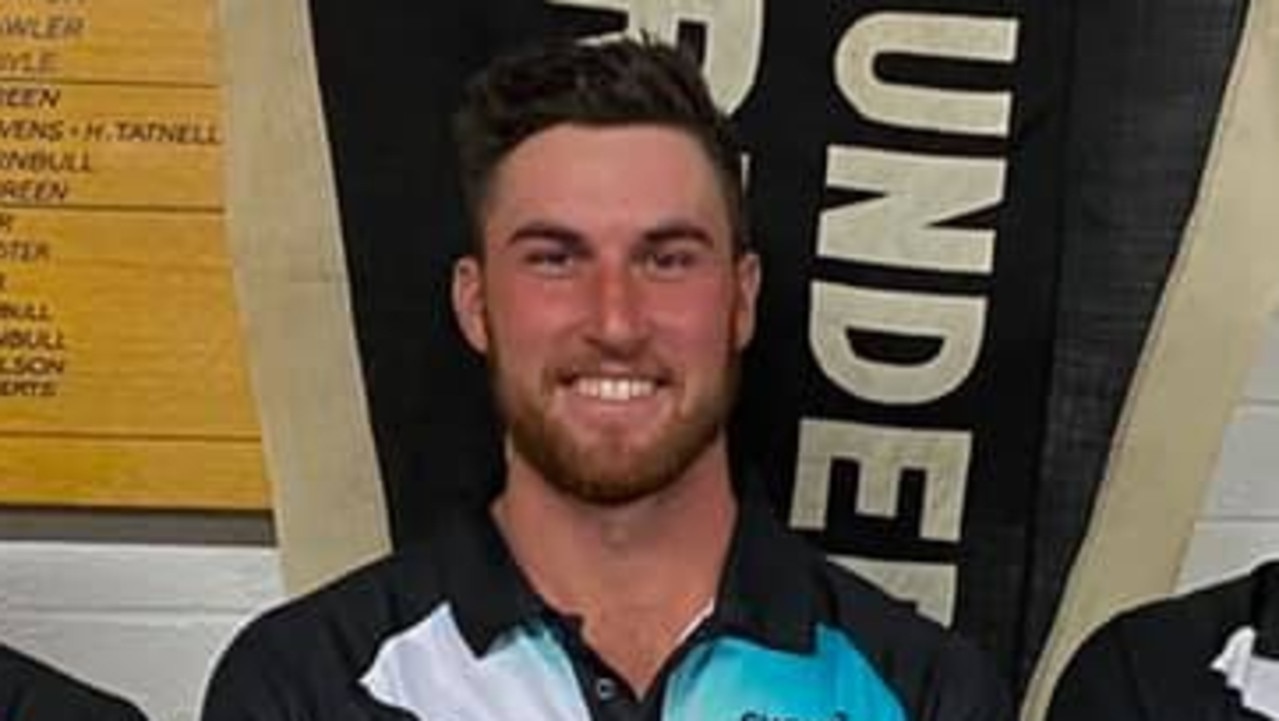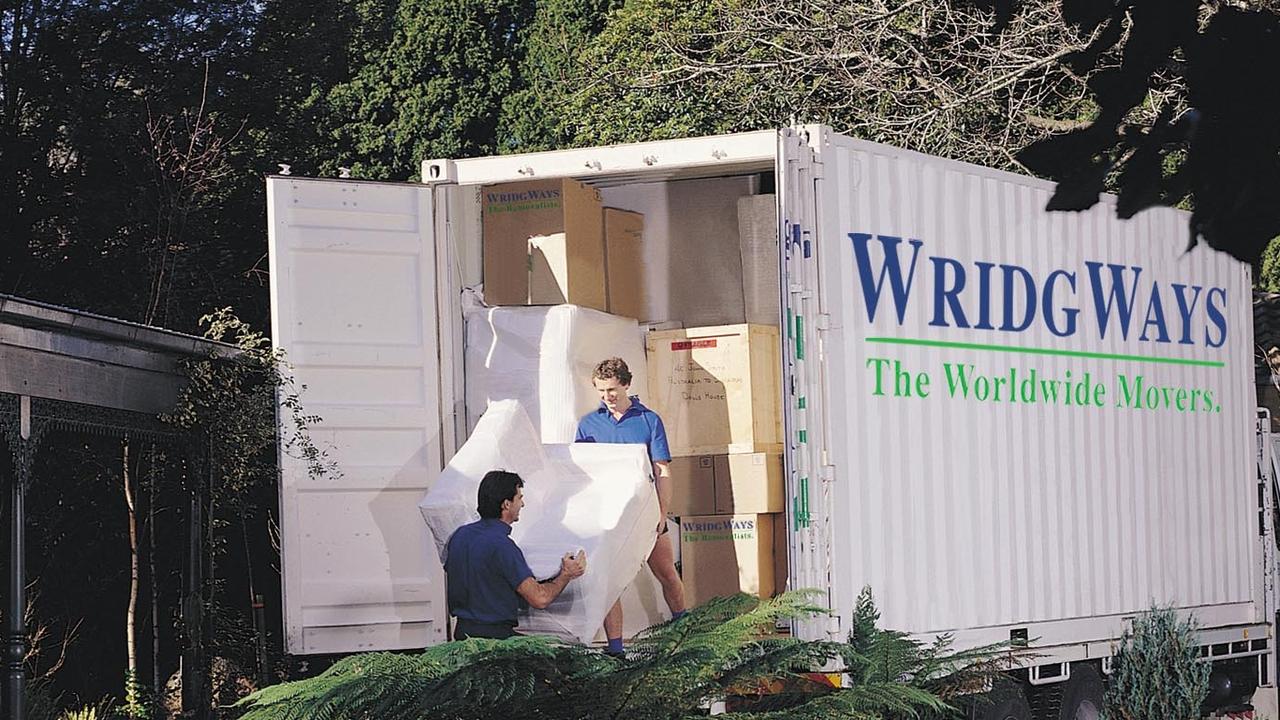Your guide for a safe return to sport as restrictions ease in Tasmania
Tasmanian teams and clubs can resume training in groups of 10 come Monday – but it is not as straightforward as it sounds. Check out what a return to sport will look like >>
MONDAY does not automatically signal Tasmanian teams, clubs and sports can resume training in groups of 10.
The State Government’s road map to recovery will see sports ramp up training — but only if they have a COVID-19 safe plan approved by Communities Tasmania’s Sport and Recreation.
MORE NEWS:
COACH FIGHTS ‘CONFIDENTIAL’ LIFE BAN BY ATHLETICS TASMANIA
REVEALED: TASSIE’S ROAD MAP OUT OF COVID-19 RESTRICTIONS
‘I HAVE NEVER KNOWN RACING TO BE SHOWN SO MUCH DISRESPECT’
Sport and Recreation manager Helen Langenberg said there were strict protocols to be in place and enforced by state sporting organisations and local governments.
The plans will be created and implemented by each sport’s state organisation.
“At a community level the enthusiasm has taken over,” Langenberg said. “They have heard the first part of the message about we can go back to a level of sport and recreation on May 18, but they haven’t heard clearly what that actually looks like, what the requirements will be and what they are actually going back to. It is a limited return and it is a phased return. There has to be a level of confidence from the sport .”

The plan, based on the AIS’s Rebooting Sport document, has been implemented to manage the risk of people contracting or spreading COVID-19 and must include:
MAKING sure a cleaning schedule across the facility is implemented and maintained;
GOOD hygiene procedures and practices, such as washing and sanitising hands, equipment and facilities;
ENSURING people don’t come or participate if they have been unwell;
MAKING sure the physical distancing requirements are also met, such as the amount of people training and physical distance between them;
MAKING sure people involved know how risks are to be managed and processes and procedures are followed; and
WHERE facilities are shared between teams, clubs or sports, managing sessions and the transition between sessions.

The groups of 10 include any coaches, but fields or ovals can be shared.
For example, Langenberg said a soccer pitch could have four groups of 10 training at once, but they must not arrive or leave at the same time or have any overlap or merger during training.
“It is not like a return to sport as we know it,” she said.
“It is very much get in, train and get out — that is the message.
“While sports grounds will be open for up to groups of 10, it is not likely that changerooms will be open.
“People will be expected to turn up ready to train, train and then go home.”
Sports like tennis and golf can be played socially, but there is to be no competitions until July 13 (phase three) when all sports can resume full competitive matches and training — and only if given the OK by public health.
Only one parent or guardian can attend children’s training and then they must adhere to the 1.5m social distancing rule and stay separate from athletes during training.
She urged anyone with inquiries to make their first contact to their state sporting organisation, otherwise to contact Communities Sport and Recreation on 1800 252 476.


